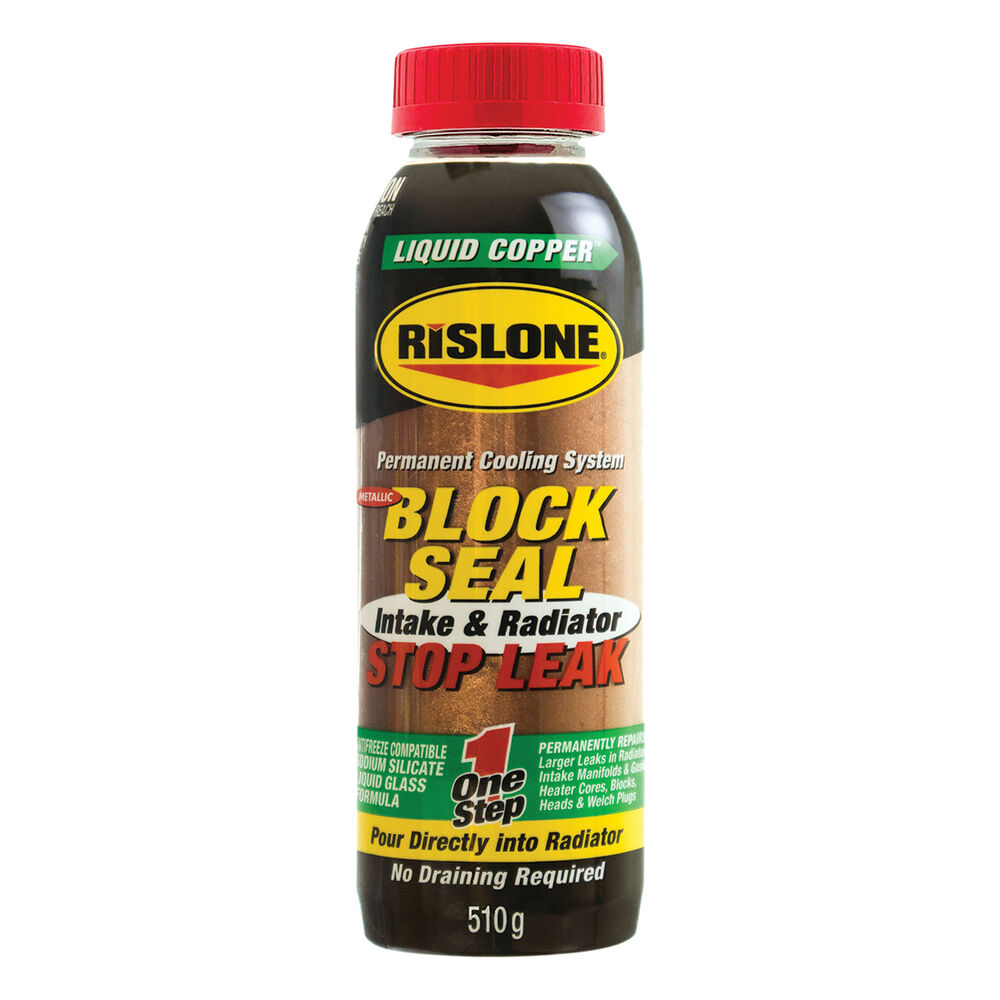Midwestdrifter
Engineer In Residence
From the chem I weld manual.
Head gaskets, irrespective of construction or material are joints, not castings - these and other cooling system joints may leak because of: corrosion on the surface clamping the gasket, and/or distortion of the surface clamping the gasket, and/or a reduction of the clamping force on the gasket, and/or deterioration of the gasket itself. Chem-i-Weld may cure head gasket leaks, but this cannot be guaranteed. Head gaskets, unlike castings, are subject to rapid deterioration and although the Chem-i-Weld may seal the immediate gasket leak, deterioration, or further deterioration, of the gasket or clamping surface may introduce a new leak around the initial seal.
Attachments
-
232.1 KB Views: 19

